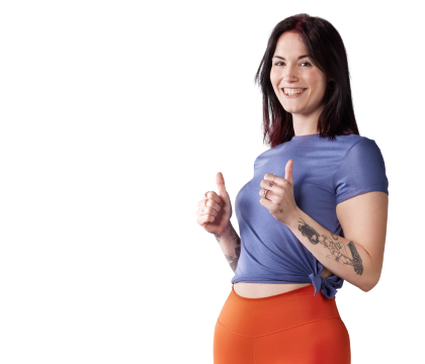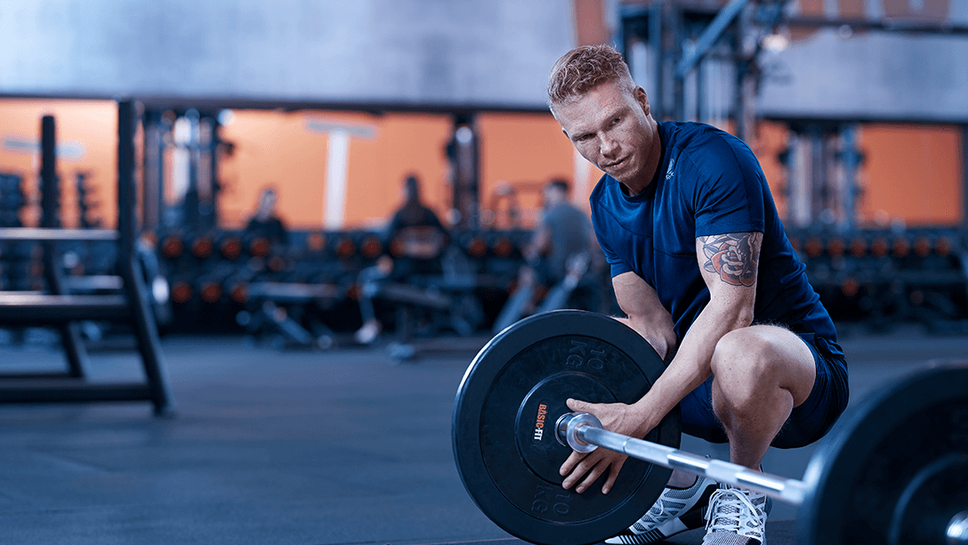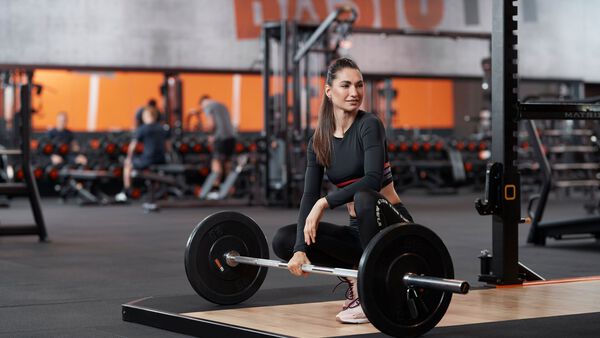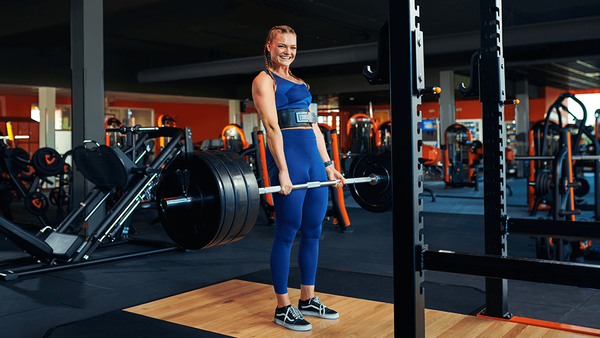Sumo or Conventional Deadlifting Positions: Is one better for you than the other?
Let’s talk again about deadlifting, one of the three powerlifting exercises. We spoke about it at length in a previous article, but today we’re going to look at the differences between sumo and conventional deadlifts.
Powerlifting is very popular amongst fitness aficionados because it works out so many different muscles at the same time while burning off a lot of body fat. The two most common techniques are the conventional and the sumo. Each one has its pros and cons.
Sumo deadlift position
The sumo is a more advanced way of doing the exercise. It requires you to have your legs further apart, with a width that’s greater than the one between your shoulders. The tips of your feet point outwards at a 45 degree angle; the bar should be up against your legs, and you should be leaning forwards so that your shoulders are right above the bar.
The sumo position works your quads more than the conventional, and since your legs are spread further apart, you don’t need to put as much pressure on your back, making the sumo a great alternative for those with back problems.
Conventional deadlift position
The conventional position is done with your hands and feet separated by the width of your waist. You bend your knees so that you almost make a right angle from your feet to your backside, with your feet pointing forward. The conventional deadlift works your back muscles much more than the sumo does, and it’s recommended for people with knee problems. Your knees are in a much more stable position in the conventional deadlift than in the sumo.
If you don’t have any knee or back problems, then you might want to try alternating between both deadlift positions. When in doubt, make sure you ask one of our trainers for help so that you do the deadlift that’s best for you, and the right way!





